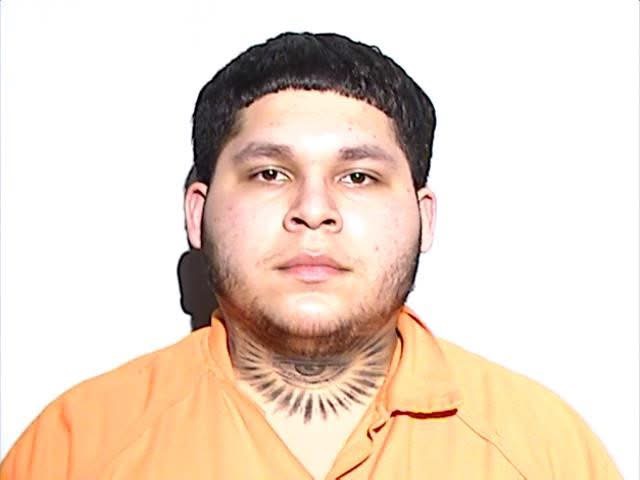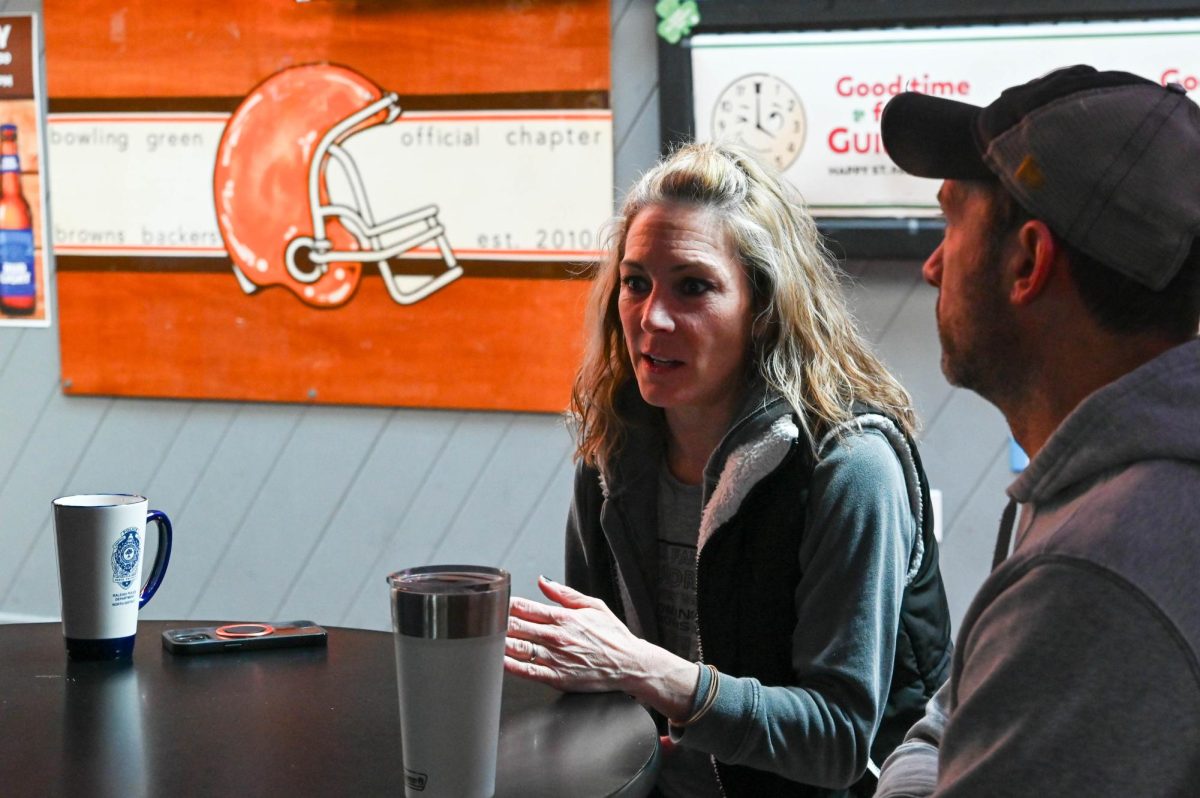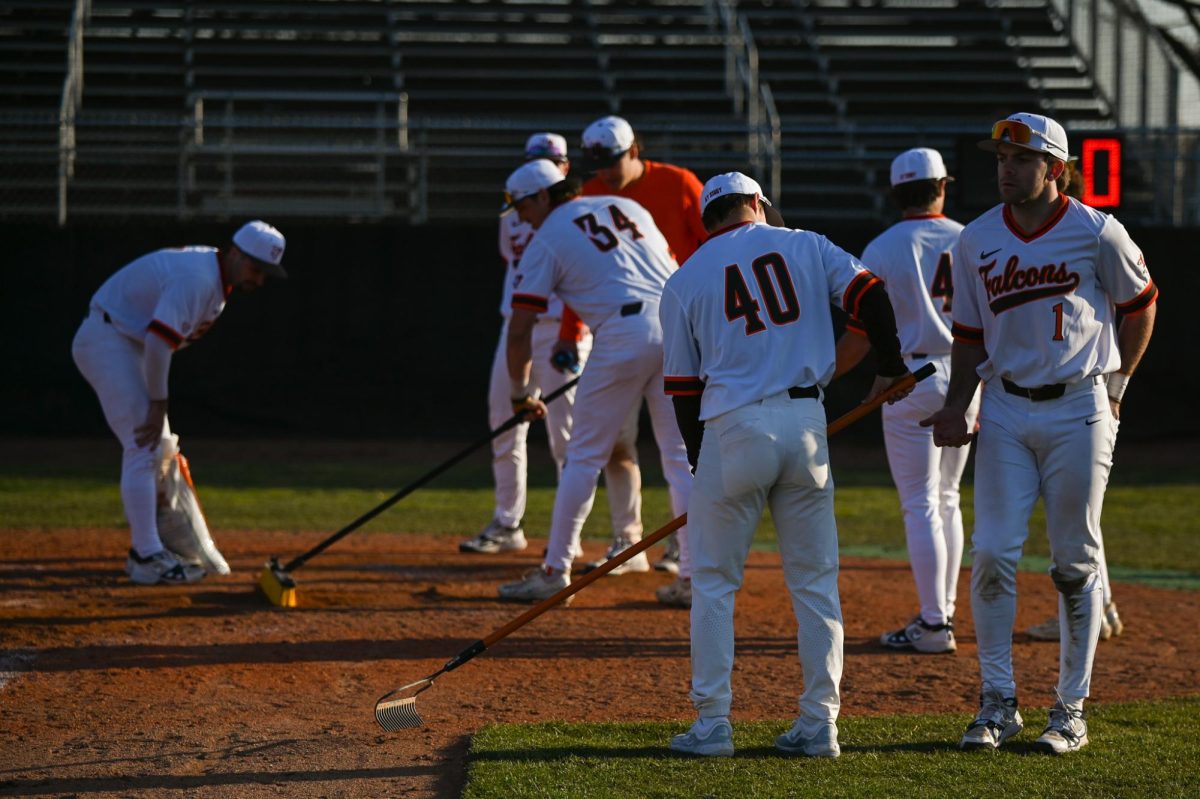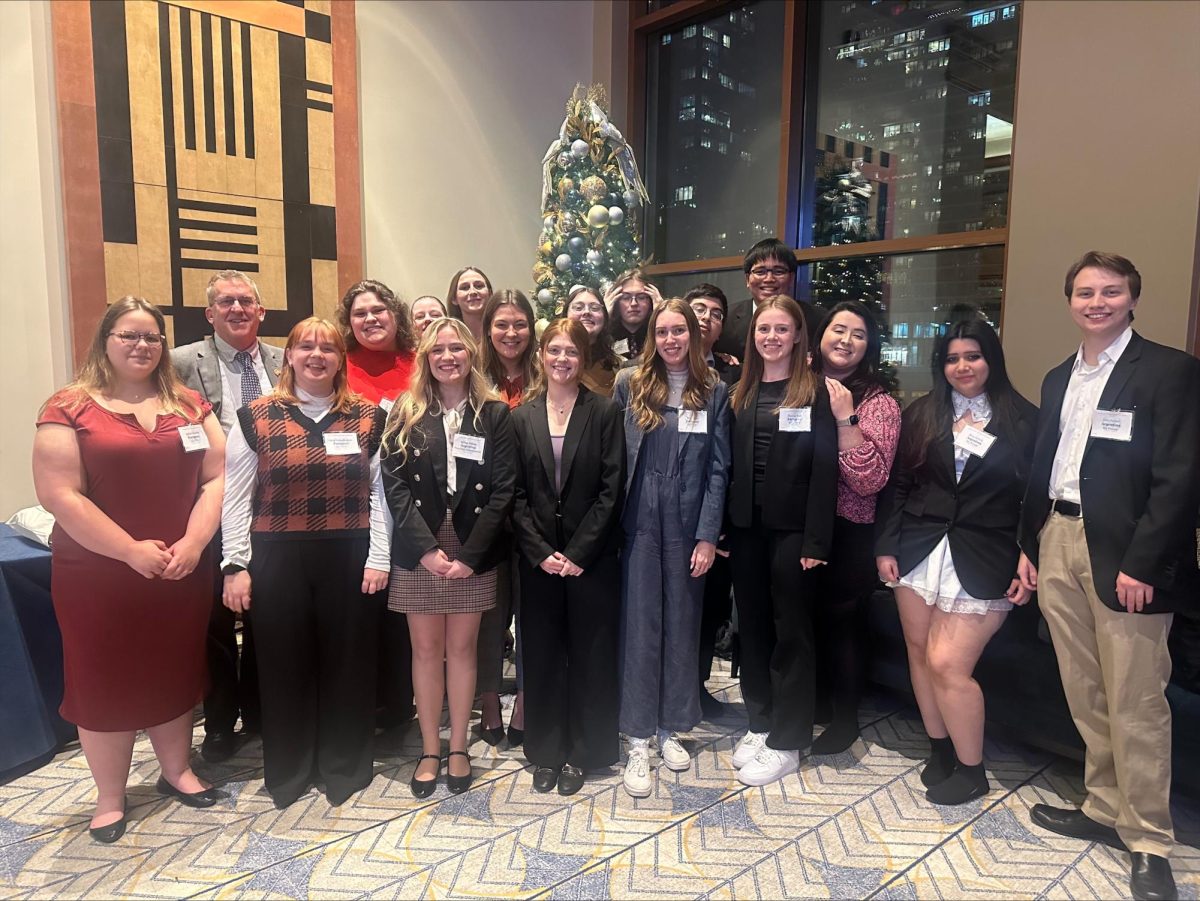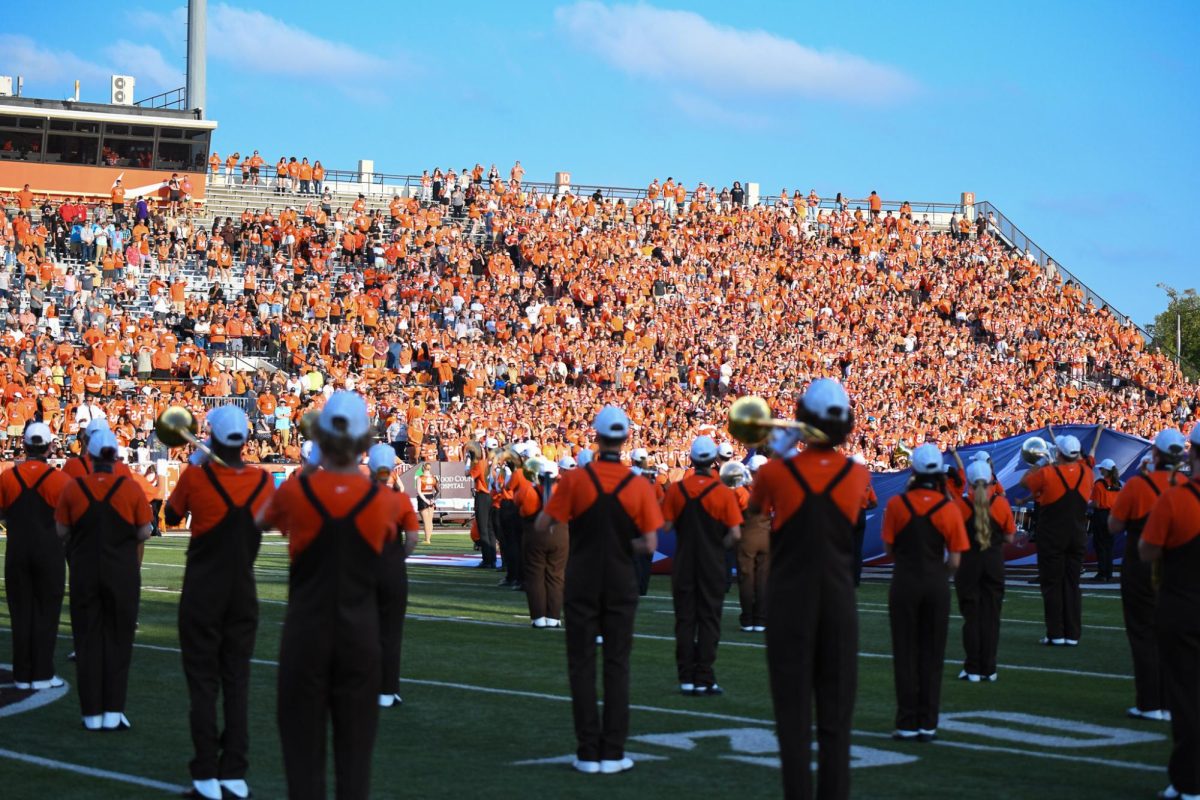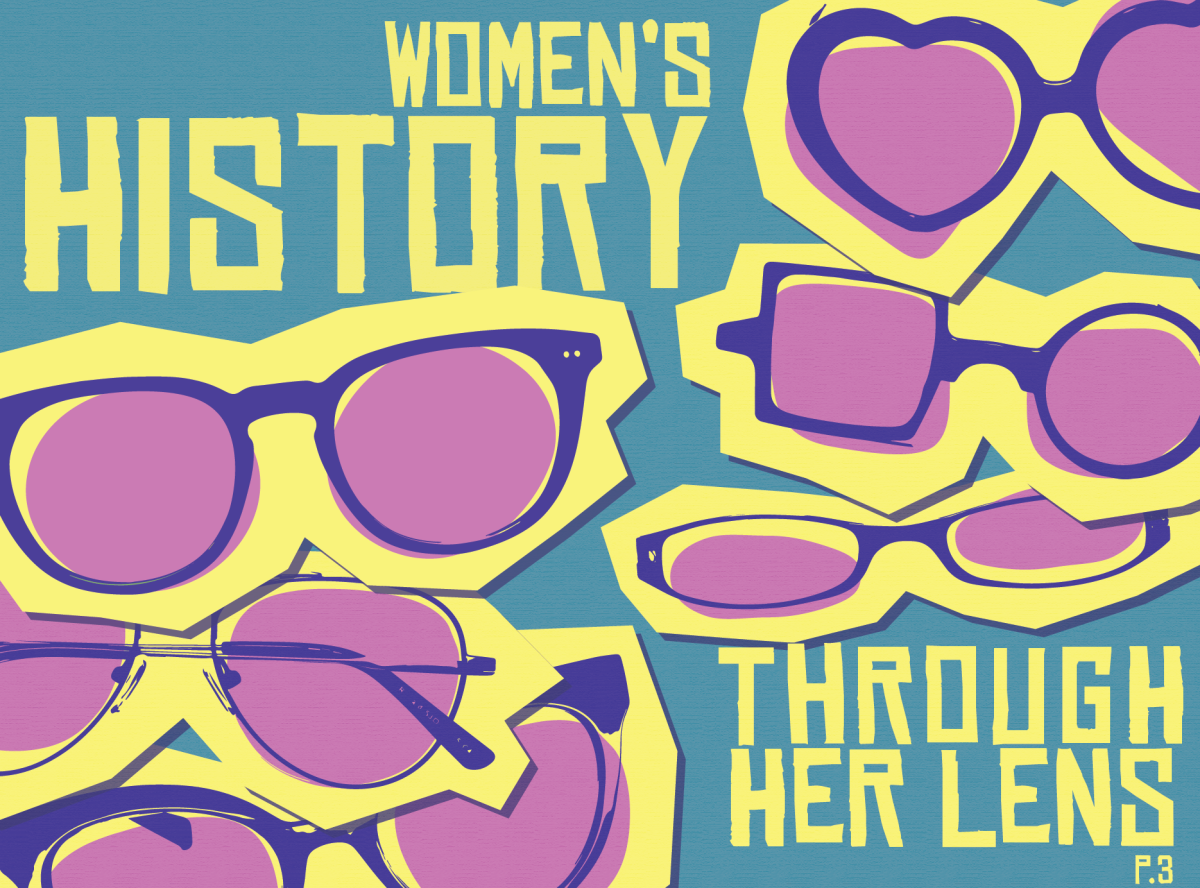War protesting took on a whole new twist in 1965 when the University of Michigan held the first anti-war teach-in in American history. After President Johnson ordered the bombing of North Vietnam, thus escalating war, a group of 49 professors had the idea to encourage students to examine government policies.
The teach-in took place on the evening of March 24, 1965, and in all, over 200 faculty members volunteered to participate. They expected maybe 1,000 students to attend the optional overnight lectures protesting the war. Their expectations were exceeded when over 3,000 students packed into the four auditoriums in Angell and Mason Halls.
Throughout the night, three bomb threats forced evacuation of the buildings, but the lectures continued in the cold night air while helmeted policemen carried out inspections, according to a University of Michigan Web site. “Some students thought it was a good time to throw snowballs,” professor Richard Mann said.
As the teach-in continued, more than 80 counter-protestors goaded the anti-war speakers with opposing arguments and banners that read “Drop the bomb,” and “Peace through strength.” After the lectures, the students held a rally at midnight, and 600 die-hard students remained at 8 the following morning.
The students in attendance described the teach-in as a powerful experience that electrified the campus. “We were up all night and it was just excitement,” graduate student Bunyan Bryant said. Bryant is now a professor in the School of Natural Resources at the University of Michigan.
With the phenomenal response at the University of Michigan, teach-ins spread across the nation with 35 other universities following their lead, including the University of Penn., Columbia University, Michigan State and Western Reserve.
A national teach-in was also held in Washington D.C. on May 16, 1965, which was covered by major newspapers, television networks and radio stations.
After September 11 and the possibility of war with Iraq, universities have revived teach-ins, “though on a less grand scale,” according to a John Hopkins University Web site. Professor Bryant, who attended the first teach-in, made a comparison of teach-ins both past and present.
“I think that if the war against terrorists widens and there is this serious loss of American lives, and if this country has to start the draft again, then I think that there will probably be teach-ins and I think those teach-ins would have the same effect they did in the 1960s,” Bryant said.


